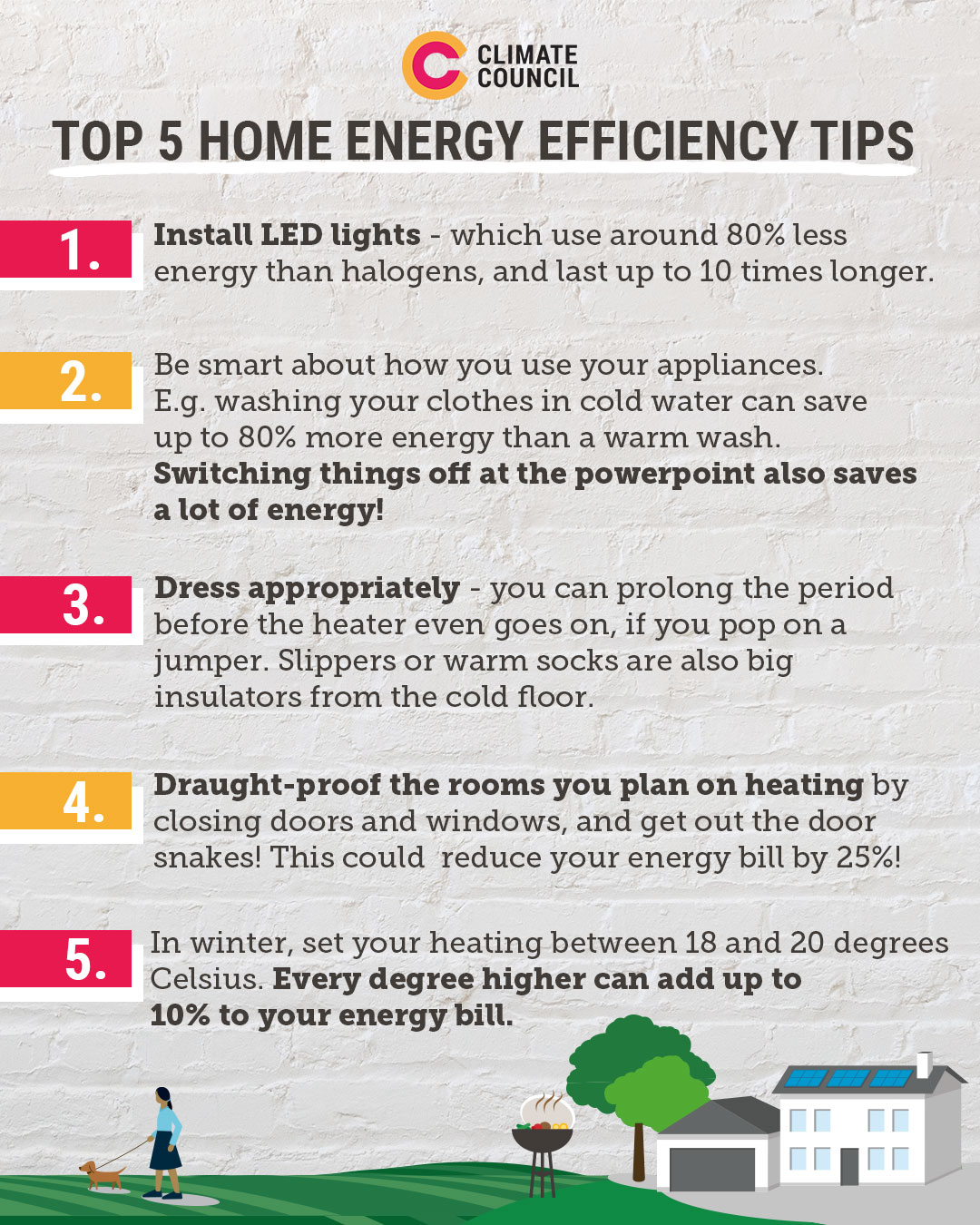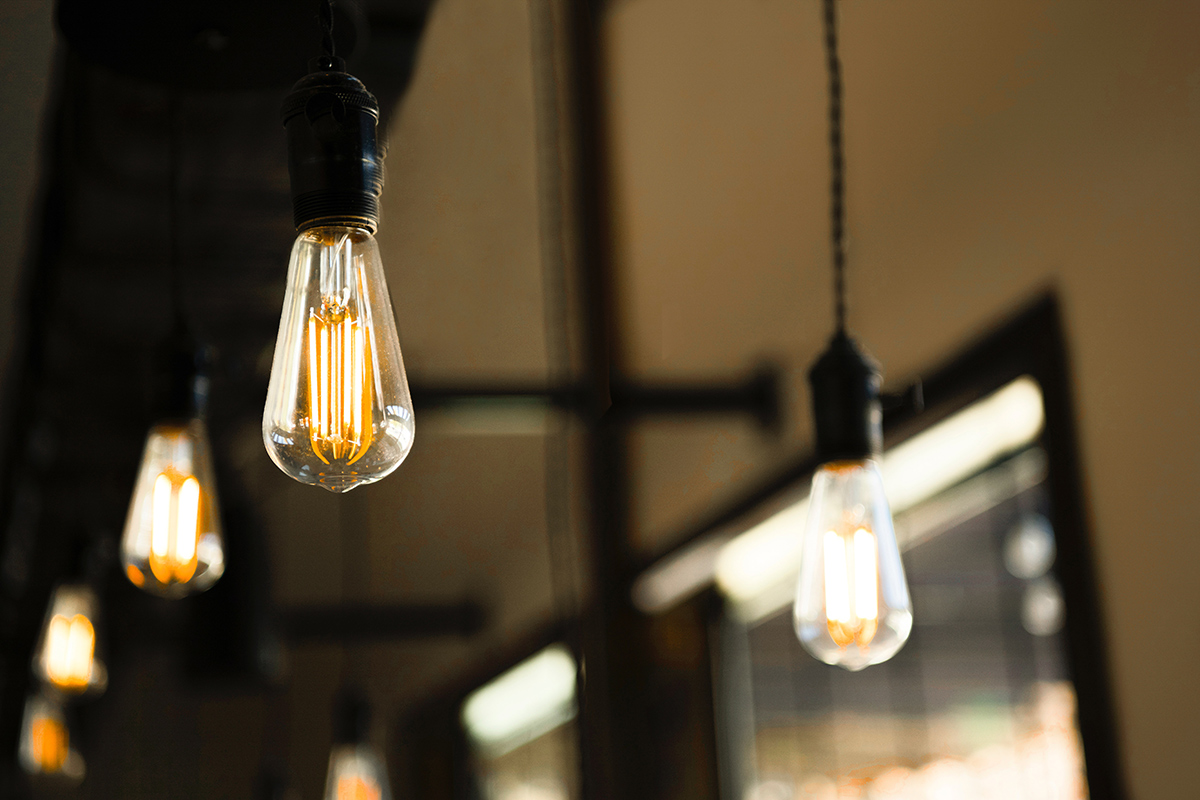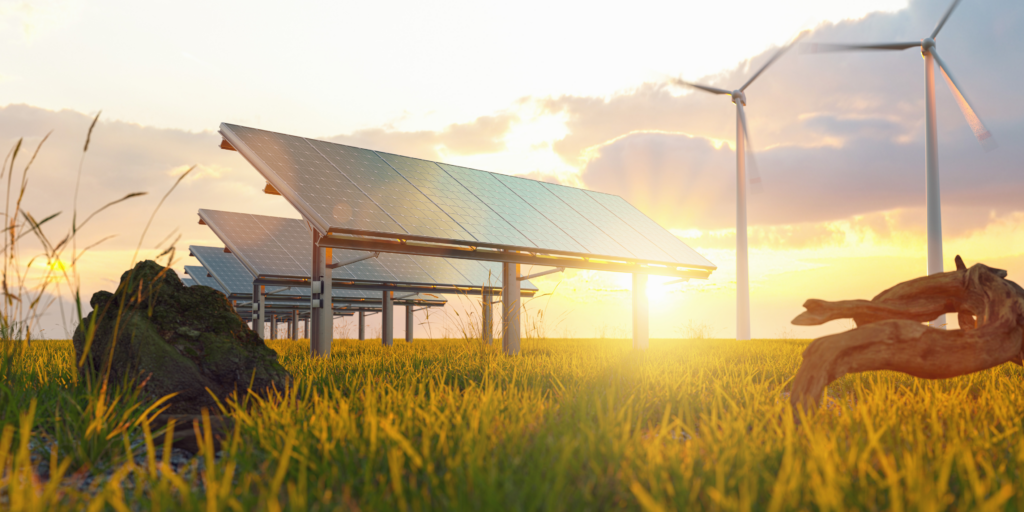Here in Australia and right around the world, we’ve all been spending a lot more time at home recently due to coronavirus. Energy efficiency is more important than ever since more time at home means more household energy used, and this energy consumption is only going to grow now that its winter and we’re starting to crank the heating.
With increased energy usage comes an increase in our electricity bills, and, importantly, our greenhouse gas emissions.
Electricity generation is the biggest contributor to climate change in Australia, because the majority of our electricity is made by burning fossil fuels like coal and gas. Australians are also among the biggest emitters of greenhouse gases on the planet (both in total and per person), which means there is a lot more we could be doing at home to try and reduce our energy consumption.
So, we’ve put together our top tips for reducing your household energy consumption this winter, to help you reduce your electricity bills and your contribution to climate change.
1. APPLIANCES
- Appliances make up around 25% of the energy used in the average Australian home.
- Where you can, buy energy-efficient appliances – the more stars, the better.
- Be smart about how you use your appliances. Washing your clothes in cold water, for example, uses around one fifth of the energy that a warm wash does. Avoid the dryer when you can.
- And switching off your appliances (including those power-hunger laptops!) at the powerpoint saves a lot of energy too.
2. LIGHTING
- Lighting accounts for around 5% of total energy use in the average Australian home.
- Swap out your old halogen lights for LEDs – which use around 80% less energy, and last up to 10 times longer.
- Energy efficiency means making the most of natural night in the daytime to reduce bills further.

3. PREPARE YOUR SPACES
- There are a few things you should do before you get out your heater to make sure your space will keep the heat in, or to avoid getting the heater out at all.
- Dress appropriately – you can prolong the period before the heater even goes on, if you pop on a jumper. Slippers or warm socks are also big insulators from the cold floor.
- Similarly, lay down rugs in tiled or wooden spaces.
- Hang curtains – open them during the day to let the warm sun shine through, and close them at night or when you’ve got the heater on, to stop the heat escaping from the glass.
- Draught-proofing the rooms you plan on heating could shave 25% off your energy bill.
- Look for gaps around windows, listen for air whistling and plug up the cracks.
- Get out the door snakes (could wrap up a towel if you don’t have a snake, or get crafty!).
- Make sure you’re sealing off the rooms to heat them efficiently.
4. HEATING AND COOLING
- Around 40% of home energy use goes on heating and cooling.
- Modern reverse cycle air conditioners have great energy efficiency and will outperform gas heaters any day.
- Avoid electric blow heaters if you can. They’re cheap to buy, but you’ll be paying for it in a bigger electricity bill later.
- The temperature you set your heating to is also important. In winter, your best bet is to set your heating between 18 and 20 degrees Celsius. Every degree higher can add up to 10% to your energy bill.
Keen to do more against climate change but not sure where to start? Here are our top 5 climate actions you can take from your bedroom. Find out more about home energy efficiency in our Tents to Castles: Building energy efficient, cost saving Aussie homes report.
Or better yet, donate to the Climate Council to power the work we do!











